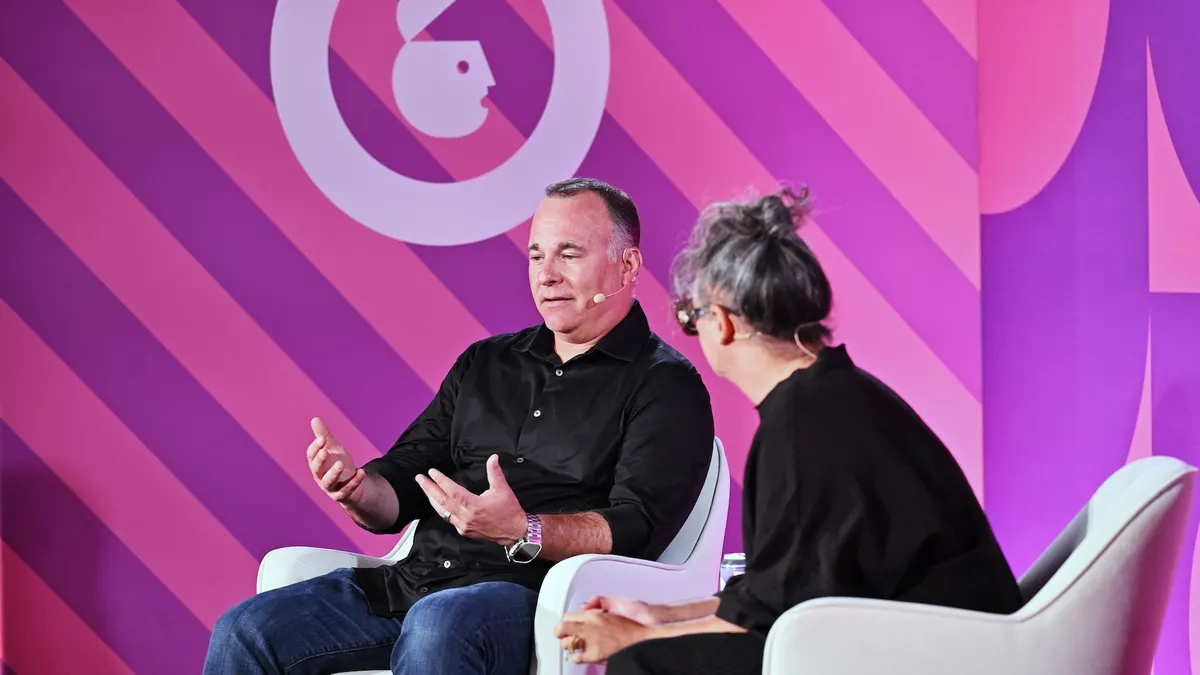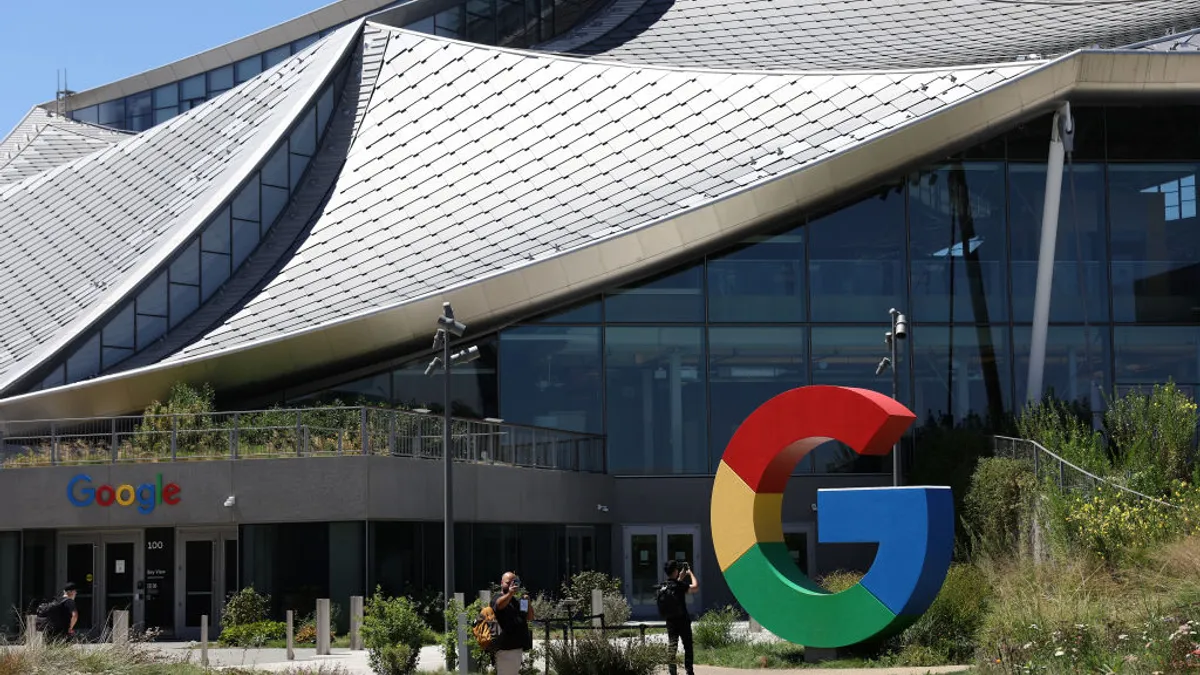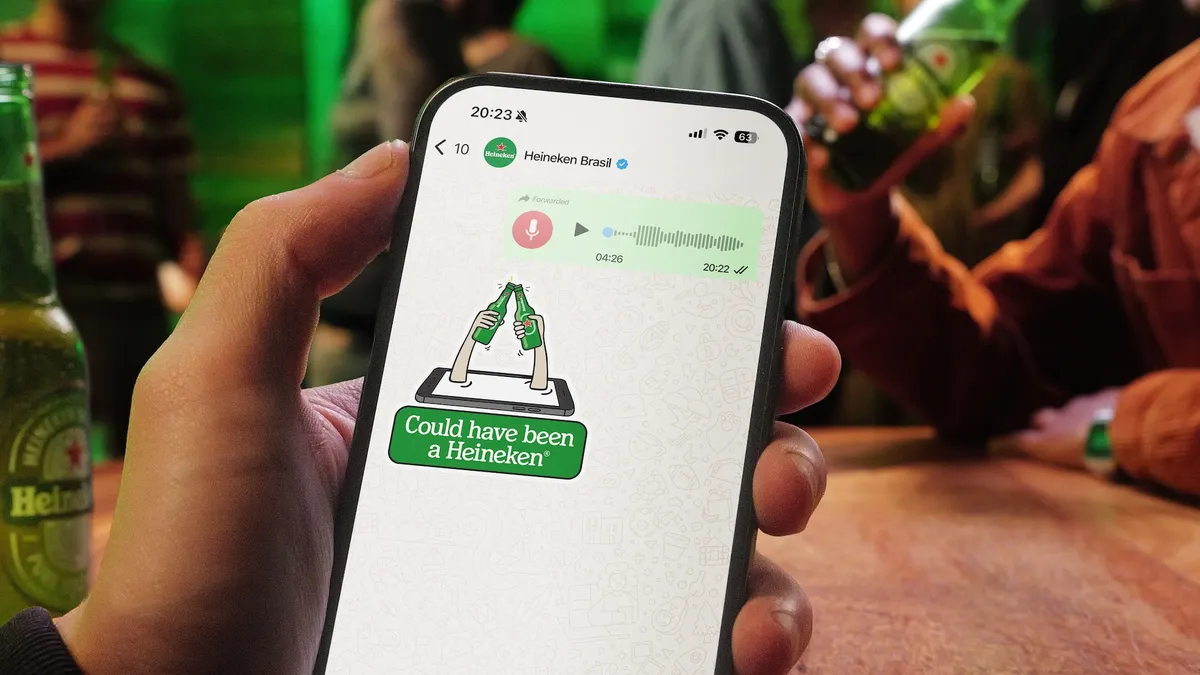The following is a guest post from Eddie Geller, co-founder and CEO of baby book app Tinybeans.
Children grow. Families move forward. And memories? Memories are fleeting, even in today's anywhere/anytime digital access. Unless you make a habit out of documenting them. The original inspiration for the company Tinybeans was a simple goal: make it easy for parents to capture those memories in a digital journal app and share it with family anywhere in the world so anyone, no matter their age can use it — yes even great-grandparents in their 90s.
Of course, the app — much like the memories — only survives if people make a habit out of using it. That's the same thing with any piece of consumer tech; the ones that catch on are those that earn a certain trust with their user base, enough trust to keep them coming back. So how does a tech company achieve that and form healthy user habits?
We've been employing certain techniques for years, and it was extremely gratifying to see such things coincidentally captured in Nir Eyal's "Hooked" — and while Tinybeans didn't have anything to do with that book, it was certainly validating for us to learn that our strategy permeated public consciousness when it came to effectiveness. Four techniques helped us build our user base though habit generation:
Form long-term habits
The entire basis of the app is for a parent to add a photo or video every day and share it with family. To encourage this, the app's visual design has a calendar view integrated so that parents can see the benefits of daily interactions.
The popular notion is that it takes 21 instances to form a habit (there's actually a little more nuance to the psychology behind forming habits, but this is a good baseline to start). Thus, if your product is a daily-use experience, think about the types of engagement, reward and reminding required to achieve a goal of 21 consecutive uses. This typically means that you'll need a strategy that employs a combination of things — simply having, say, a reminder often won't be enough, but when you combine some sort of motivator (internal or external), the cumulative effort is varied enough to keep a user's interest.
Remind users
Even with a simple yet beautiful app design, engagement can drop for many different reasons. Sometimes real life simply gets in the way, sometimes the user loses interest and sometimes the user simply gets too busy. Providing a regular reminder for the user to perform key actions is paramount, be it email, text or phone notification. This also is a way to deliver information that can motivate engagement outside of simply being a reminder. For example, a reminder can contain new feature details, emotion triggers or something else. Also, for any sort of reminder system, it's important to make it interesting. Different people respond to different messaging, so the more creative and interesting, the more likely they'll engage.
Provide rewards
The idea of rewarding users is something that's been used in tech for years through several avenues. Having said that, rewards don't need to be features or tangible goods, they could be emotional rewards. At Tinybeans, we use families' comments and emoji on the photos and videos that parents add as a reward. The parent feels great that there's feedback on the effort, and a loop begins. Video games established the idea of rewards through virtual trophies while social media offered tangible results for engagement with likes and comments. Other forms of rewards include leaderboard recognition or unlocking of additional features. All of these features — some social, some gamification — are a means of reinforcing user engagement and triggering the reward center of the brain (all part of the basic psychology found in gamification). Thus, a smart reward strategy that fits your target audience can be a huge first step in building habits.
Respect the process
There's no silver bullet for getting users to build a habit and use a product regularly — just lots of lead bullets. Instead, you need to have a creative grab-bag of ideas. Your competitors and legacy data will provide a general direction but often the most successful marketing campaigns are the most surprising ones. So rather than seek a single solution for this, the more effective method is to build a list of ideas and consider all permutations, then test, test, test. Fortunately, there are plenty of analytics tools to help track engagement metrics. What works? What doesn't? Only time and data will tell, which is why experimentation is best when you're at the early stages and prior to major launch or wide rollout.
You've done your research, you've experimented with notification frequency and engagement method, and you've found a model that works. Are you done? Sorry, but the answer is "no." The most important ingredient to retaining habitual users is diligence and consistency. You need to perpetually be thinking of ways of improving and varying all elements of the workflow, from new ideas to analyzing metrics. That's the pace of the tech world — habit or not.



















